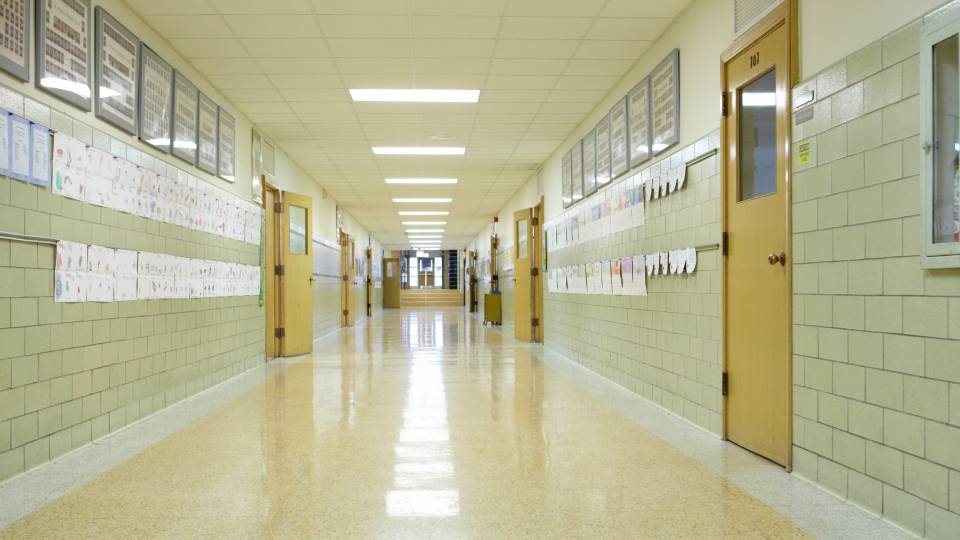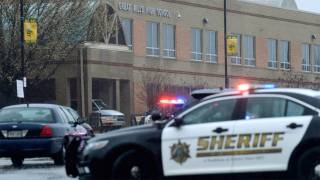How Blacks Changed Our School
By George Holiday
A once-vital Catholic school is now is steep decline.
I am a teacher at a small Catholic school, where I have taught for over 15 years. During that time I have seen a massive demographic shift in the student population. As you might expect, the effects have been mostly—and significantly—negative. This shift closely mirrors the overall trends in our society in terms of its effects on group behavior and identity, and the future of our country.
The school has been around for more than half a century, in what is now a racially mixed suburb. For most of its history, it was attended by children from the parish. The community was very tight-knit. It was common for a teacher to educate two or even three generations of the same family. When children became friends their parents often became friends. School events such as banquets, festivals, cooking competitions, and fish fries were major social events for parents and students alike. Most of the families attended church together, and priests stayed at the church for years. Most of the students who did not attend our church were still Catholic; they came because their neighboring parishes did not have their own schools. The student body was overwhelmingly white—usually 90 percent or more—and most non-white students were Asians. Some of the black students were African Catholics, but most were American blacks who lived nearby.
The curriculum focused on what were traditionally core subjects in Western education, with a focus on college preparation. Graduates could write well, and were usually well-versed in the Catholic catechism. Of course, students wore uniforms: skirts and blouses for the girls, dress shirt and tie for the boys, dress shoes for both. Students looked clean-cut and respectable, and were easily identifiable in public. Discipline was relatively tight, and students with poor manners were corrected.
An important feature of the parish—both the church and its school—was that it was largely self-sustaining. Most of the families were working-class, but so many people attended mass that small donations covered operating expenses. Since many of the men in the parish were skilled workers, they did carpentry, electrical work, and landscaping at cost, or donated their time and resources for free. They advertised their businesses on the paper book covers we gave out to students, and in the church bulletin. Tuition was relatively low, and was affordable for working people. Tuition breaks were offered to families who enrolled more than one child, and tuition assistance was available for parish families that really needed it. It was a genuine community as defined by the Oxford Dictionary: “a group of people living in the same place or having a particular characteristic in common; a feeling of fellowship with others, as a result of sharing common attitudes, interests, and goals.”
That all changed.
Read the rest at American Renaissance.






















